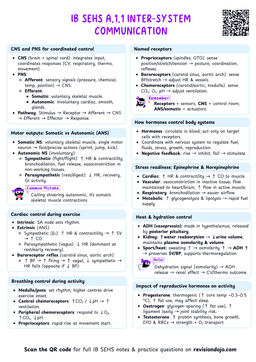Momentum and Impulse: The Building Blocks of Collisions
Momentum
A measure of motion that combines mass and velocity, calculated as p = mv where p is momentum (kg⋅m/s), m is mass (kg), and v is velocity (m/s).
- Momentum is the quantity of motion an object has.
- It depends on two factors: mass and velocity: $p=mv$
Where:
- p = momentum (kg·m/s)
- m = mass (kg)
- v = velocity (m/s)
Collisions
A collision occurs when two or more objects come into contact and exert forces on each other over a short period of time.
Impulse
The product of force and time (F×Δt), representing the change in momentum.
- In any collision:
- Momentum changes due to applied forces
- The change in momentum equals the impulse
- Total momentum is conserved in a closed system
Students often confuse momentum (mass × velocity) with force (mass × acceleration). Remember: momentum tells us about motion quantity, force tells us about motion change.
Principles of Momentum in Collisions:
- Every collision involves:
- Change in momentum for both objects
- Transfer of energy between objects
- Varying degrees of elasticity
- The coefficient of restitution (CR) determines:
- How much objects "bounce" after collision
- Energy retained vs energy lost
- Effectiveness of sports equipment
- Conservation of Momentum: In a closed system, total momentum before a collision = total momentum after a collision.
- Impulse (Force × Time): A longer force application increases momentum change (e.g., following through in a golf swing).
A tennis ball hitting a racquet demonstrates both momentum change and coefficient of restitution:
- Ball's momentum changes direction
- Some energy converts to heat and sound
- Racquet strings affect the "bounce" (CR)
Types of Collisions in Sport
- Elastic Collisions:
- Maximum energy retention
- High coefficient of restitution
- Example: Pool balls colliding
- Inelastic Collisions:
- Energy partially converted to heat/sound
- Lower coefficient of restitution
- Example: Tennis ball hitting court
- Perfectly Inelastic Collisions:
- Objects stick together
- Maximum energy loss
- Example: Catching a ball
No real-world collision is perfectly elastic - some energy is always lost to heat, sound, or deformation.
Applications in Sport
- Equipment Design:
- Tennis racquets with optimal string tension
- Golf club faces with regulated CR
- Basketball with standardised bounce height
- Performance Analysis:
- Ball speed after impact
- Energy transfer in collisions
- Equipment efficiency


